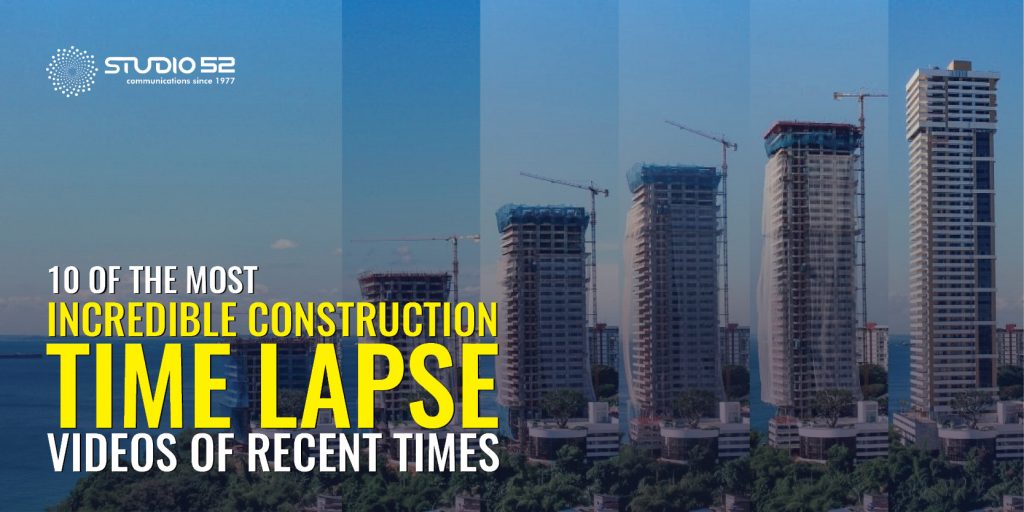With the introduction of Hyperlapse app by Instagram, people got confused and started using it interchangeably with “timelapse”. In essence, both timelapse and hyperlapse do the same thing i.e. they speed up time in the resulting video. The difference between both is that a timelapse combines a series of still images into a video, while hyperlapse speeds up a normal-speed video. However, that’s a very simple way to tell you the difference between timelapse and hyperlapse.
Technically, while filming timelapse videos, the frequency of film frames is captured at a much lower rate than that used to view the sequence, so when the video is played at normal speed, time appears to be moving faster. And for timelapse, the camera is either static or moving only very short distances.
While hyperlapse is a technique within timelapse photography that involves the camera moving considerable distances in order to create a tracking shot in timelapse sequences. This results in complex motion paths and angle changes. So, a hyperlapse is basically a timelapse but with added movement over greater distances.
History of Hyperlapse
The term hyperlapse became a permanent part of photography in 2014. However, it is said that filmmaker Guy Roland’s 1991 film called Pacer is actually the first hyperlapse ever made. Before the rise of digital photography, hyperlapse was incredibly difficult to produce. It was Roland’s innovative use of time-lapse photography which allowed hyperlapse to develop into the flourishing technique that it is today.
Modern-day hyperlapse is now produced digitally and with all of the capabilities that today’s technology can account for.
If you are thinking about whether to shoot a hyperlapse or timelapse, then our advice would be to shoot a timelapse, if your subject is moving. However, if you’re moving shoot hyperlapse or record a normal-speed video that you can convert to a hyperlapse later.




No comments:
Post a Comment